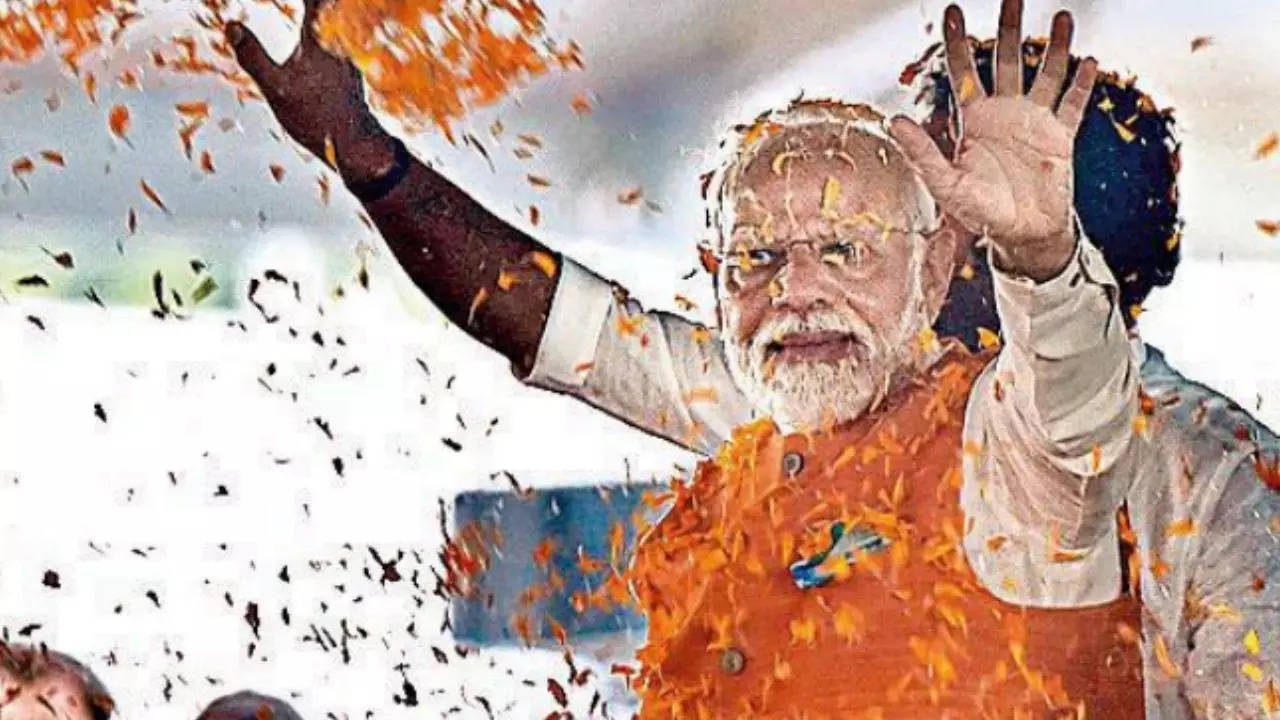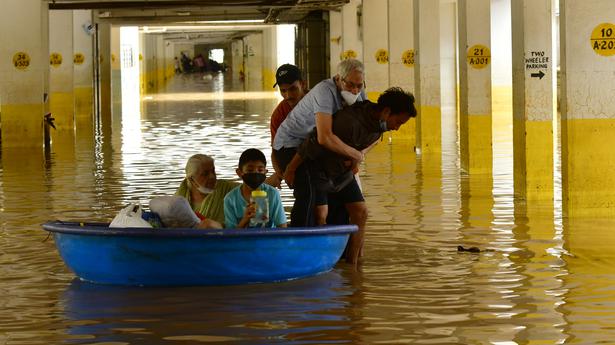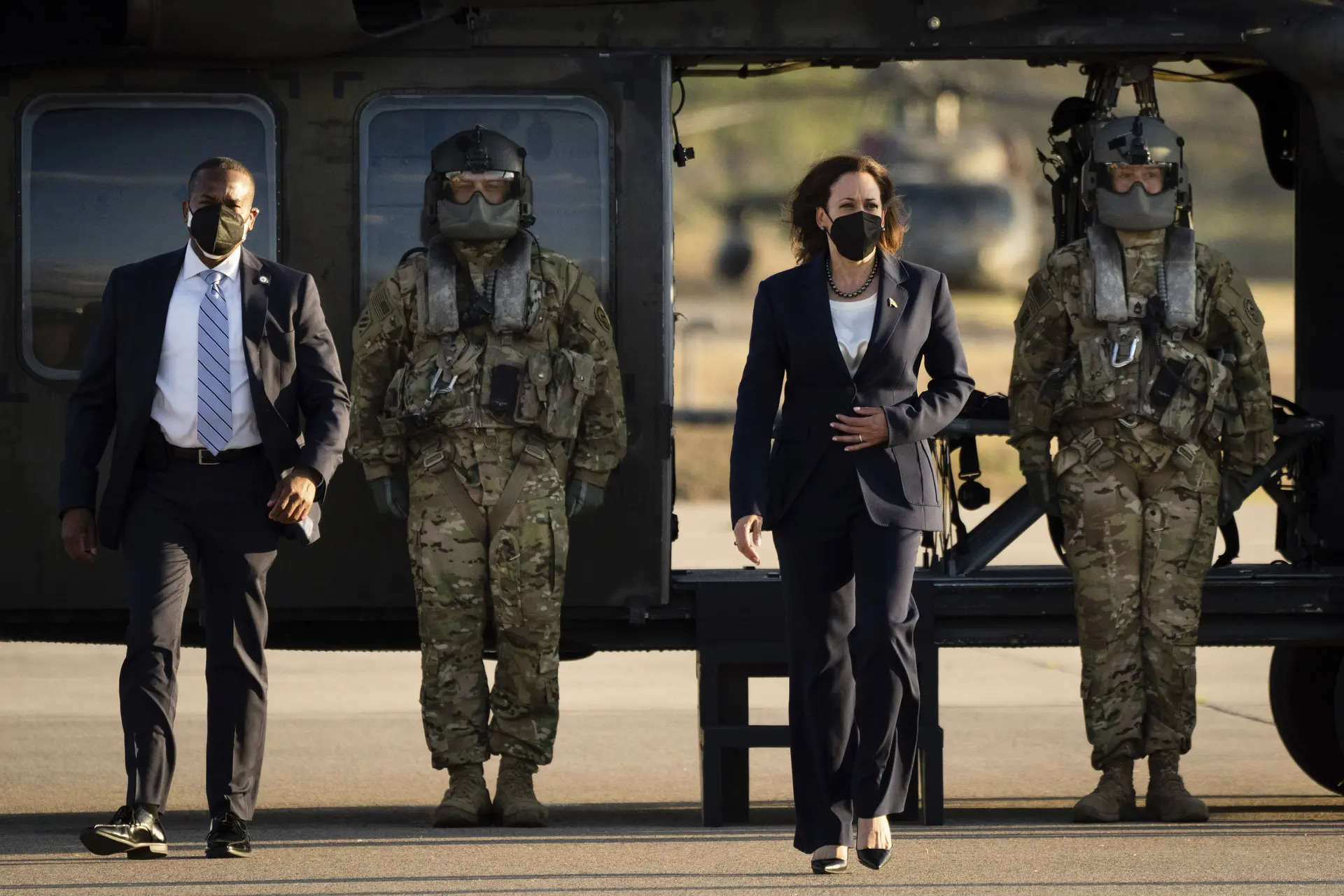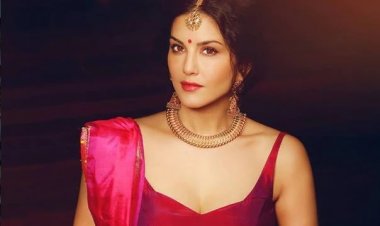World Cup 2023: New Zealand form guide, stats, strengths, weaknesses and all you need to know
World Cup 2023: New Zealand form guide, stats, strengths, weaknesses and all you need to know

The New Zealand men’s cricket team certainly knows a thing or two about World Cup heartbreaks, having finished runners-up in ICC’s showpiece event for two consecutive editions now and reached the semi-finals more often than not.
World Cup 2023: News | Schedule | Results | Points table
The 13th edition of the mega event kicks off in Ahmedabad on Thursday with England taking on New Zealand in what will be a rematch of the 2019 final to open the tournament.
Four years have passed since England triumphed over New Zealand at the hallowed Lord’s Cricket Ground. For a lot of the Kiwis however, the memory of what they — along with several others in the cricketing community — would describe as daylight robbery would still be fresh in their minds, serving as an inspiration for them to go one step further this time around.
The Black Caps had been thoroughly outplayed by co-hosts Australia when they reached their maiden World Cup final in the 2015 edition. Four years later, however, both New Zealand and England finished level on scores — both in the full 50-overs-a-side contest as well as in the subsequent Super Over.
World Cup 2023: New Zealand Factbox
There was no provision for a second Super Over in case of a tie in the first, which indeed turned out to be the case, and hosts England were awarded the 2019 title on the basis of them having scored more boundaries in that game, a rule that attracted heavy criticism and has since been scrapped by the ICC.
The Kiwis have been a consistent side in ICC events since that heartbreak, winning the inaugural World Test Championship with a victory over India in 2021 and finishing runners-up in the T20 World Cup in the UAE later that year. They would then reach the semi-finals of the 2022 T20 World Cup before suffering a semi-final defeat against Pakistan.
With Kane Williamson back in action and returning to the helm for the event, New Zealand certainly will fancy their chances of ending their long wait for a white-ball world title.
What will further motivate them to lift the trophy on 19 November at the same venue where they kickstart the event on Thursday is the fact that quite a few members of the side, who form the core of the team, might just be making their final appearance in the biggest cricketing event in the world.
ICC ODI ranking: 6
World Cup best performance: Runners-up (2015, 2019)
Strengths
New Zealand boast of one of the most well-rounded sides in the tournaments, one that rivals defending champions England in every department. There are a couple of areas that stand out in this regard, however. One of them would have to be their top-order which comprises Devon Conway, Will Young, and skipper Williamson.
Conway has quickly established himself as a first-choice top-order batter for the Kiwis across formats since breaking into the side in late 2020 after getting the necessary qualifications in place to represent the Black Caps. He also happens to have the best average (49.88) among New Zealand batters in ODIs this year with a minimum of 200 runs. Young too has consistently been among the runs with five half-centuries in 14 outings this year.
As for Williamson, the Player of the Tournament in the last World Cup, he doesn’t really need an introduction does he, especially if he’s a member of the ‘Top Four’.
Their middle-order meanwhile, has the right mix of batters who can anchor the innings (Daryl Mitchell) and those who can smash from the word go (Glenn Phillips). Let’s also not forget the number of bowling options that the middle-order brings to the table, from Mitchell and Jimmy Neesham’s medium pace to the left-arm spin of Mitchell Santner and Rachin Ravindra.
Weaknesses
On his day, Tim Southee is capable of plenty of damage, as he has shown multiple times in what has been a distinguished career for New Zealand so far. Just ask England skipper Jos Buttler as well as veterans Joe Root and Chris Woakes, who were part of the side that was bundled out for 123 in the 2015 World Cup Pool A clash in Wellington in which Southee took 7/33.
Southee, however, hasn’t looked in the best of touch in white-ball cricket of late; he has taken 10 wickets this year in six outings with a best performance of 3/56 and numbers that aren’t exactly the best (average: 30.90; economy: 6.84).
The 34-year-old is expected to operate with the new ball for the Black Caps during this tournament but the team management might be forced to pick a Matt Henry ahead of him or just go with two frontline pacers if he fails to click in the initial round of matches.
What can also affect New Zealand’s performances in the campaign is the lack of an established off-spinner in their side, with all of their key spin options (Sodhi, Santner and Ravindra) moving the ball away from the right-hander.
With plenty of in-form left-handers in action in the tournament, this is one area where the Black Caps might come up short.
Key player
There are a few players who are expected to play a crucial role in New Zealand’s quest for a maiden title over the next two months. And that includes the likes of opener Devon Conway, pace spearhead Trent Boult, and leg-spinner Ish Sodhi among others.
None more so than Kane Williamson however. The New Zealand skipper finally returned to action during the warm-up fixtures against Pakistan and South Africa after picking up a knee injury during the opening game of the Indian Premier League in March.
The way he conducted himself with the ball as well as in marshalling his resources on the field in those two practice games did hint towards a man who hadn’t lost the hunger to succeed in either role.
Let’s also not forget the fact that there are few in the side who have had as much success in Indian conditions as he did, and is expected to pass on a lot of knowledge and tips to those members of the squad, particularly batters, who are relatively new to this part of the world.
Matches played/won/lost since 2019 World Cup
Played: 43; Won: 24; Lost: 16; Tied: 0; NR: 3
Form guide (Last 10 matches, most recent first): W, W, NR, L, L, L, W, W, L, L
Record in India since 2019 World Cup:
New Zealand have played a total of three ODIs on Indian soil since the 2019 World Cup — all three having taken place in January this year. For comparison, Trans-Tasman rivals Australia have played six one-dayers in India this year alone, the most recent of which took place as recently as last week.
The Black Caps ended up losing three games in that series. They fell narrowly short of the 350-run target set by the Men in Blue in the series opener in Hyderabad after opener Shubman Gill struck his maiden ODI double-ton. Michael Bracewell led a heroic turnaround lower down the order with a 78-ball 140 to nearly lead the Kiwis to victory from a position of no hope.
New Zealand were comprehensively routed in the next encounter in Raipur, getting shot out for 108 and suffering an eight-wicket loss to concede the series. The series finale in Indore witnessed skipper Rohit Sharma and opening partner Gill slam tons and propel India to a commanding 385/9. Kiwi opener Devon Conway slammed a superb 100-ball 138, but this was the only batting effort from the Black Caps worth noting as the visitors ended up suffering a series sweep with a 90-run loss.
Major changes in the squad since 2019 WC:
There are as many as nine surviving members from the 2019 World Cup campaign in the 2023 squad, meaning the painful memory of coming so close to the glittering trophy, and finishing yet to so far will still be fresh in their minds and will be a driving force going into the 13th edition of the tournament.
The most noticeable change in the side is the absence of one Ross Taylor, one of the greatest cricketers to have represented the nation who made his final international appearance in April 2022, a little over four months after announcing his decision to retire from all forms of the international game.
Tom Latham had appeared to have briefly taken over the No 4 spot in the ODI side that ‘Rosco’ vacated last year, but all-rounder Daryl Mitchell has been the Black Caps’ preferred option for that position of late.
Changes have taken place in the top and the middle order as well, with dashing opener Martin Guptill, whose run out in the final at Lord’s four years ago sealed England’s triumph, having fallen off the pecking order since then. South African-born opener Devon Conway has since taken his spot at the top of the order and has become a vital cog in their batting order.
Besides Taylor, all-rounder Colin de Grandhomme is no longer an active cricketer, having retired from international cricket in August last year. Mitchell has since been New Zealand’s like-for-like replacement for CdG in their middle-order.
New Zealand’s bowling unit however, is identical to the one that had powered them to the final in 2019 — pacers Tim Southee, Trent Boult, Lockie Ferguson and Matt Henry and legspinner Ish Sodhi being their primary bowling options. They’ve also retained Jimmy Neesham and Mitchell Santner as their all-rounders.
World Cup squad: Kane Williamson (c), Trent Boult, Mark Chapman, Devon Conway, Lockie Ferguson, Matt Henry, Tom Latham, Daryl Mitchell, Jimmy Neesham, Glenn Phillips, Rachin Ravindra, Mitchell Santner, Ish Sodhi, Tim Southee, Will Young
Schedule
5 October — vs England in Ahmedabad
9 October — vs Netherlands in Hyderabad
13 October — vs Bangladesh in Chennai
18 October — vs Afghanistan in Chennai
22 October — vs India in Dharamsala
28 October — vs Australia in Dharamsala
1 November — vs South Africa in Pune
4 November — vs Pakistan in Bengaluru
9 November — vs Sri Lanka in Bengaluru



 Admin
Admin 







































